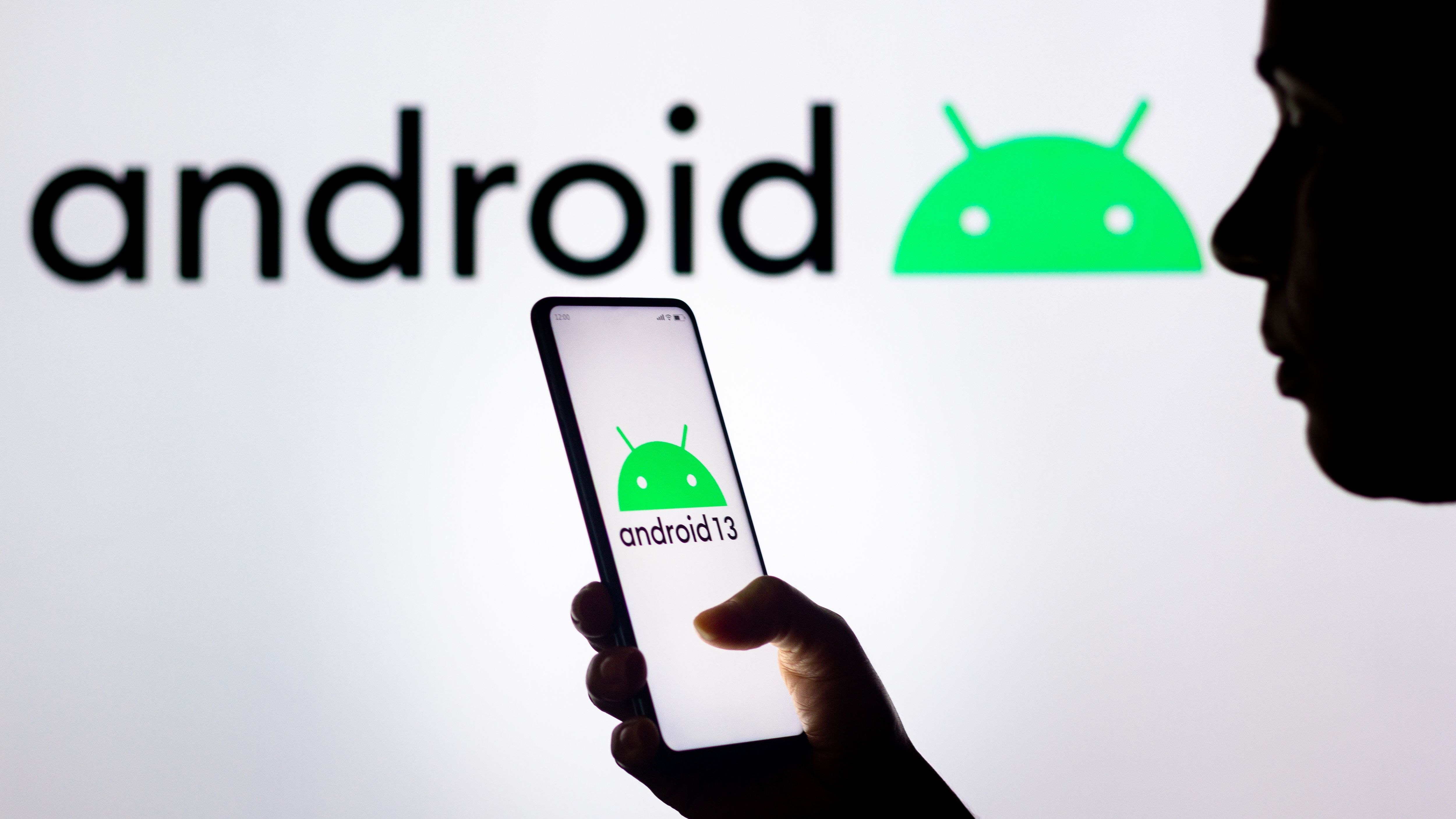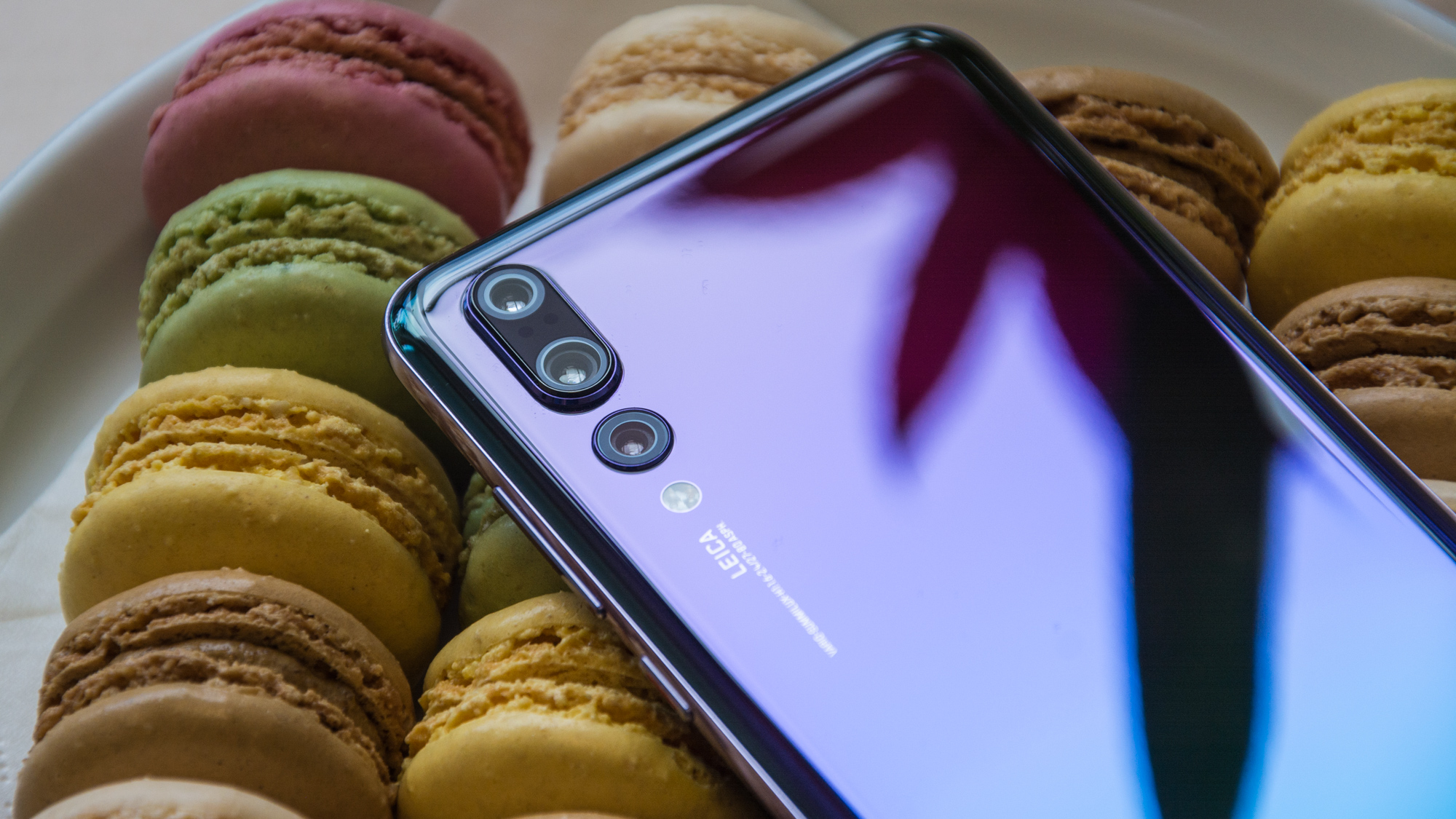Android phones vulnerable to advanced SMS phishing attacks
Researchers discover an attack vector that could once be only imagined in a "high-tech spy movie"


Researchers have found a fundamental security flaw in modern Android phones that facilitates advanced SMS phishing attacks.
Phones made by Huawei, LG, Samsung and Sony were all vulnerable to the attack, which involves an attacker tricking a user into accepting new phone settings that can reroute phone data back to the criminal.
Check Point researchers showed how attackers could leverage over-the-air provisioning (OTA) used by the affected phones
Check Point researchers also discovered that OTA, which is usually used by network operators to deploy network-specific settings to a new phone joining their network, can be hijacked using a $10 dongle.
The authentication methods used by OTA are limited, according to Check Point, and this limitation can be exploited to send messages which appear to be from the network operator to the user, but actually redirect internet traffic back to the attacker.
All affected phones allow weakly authenticated messages to reach the user, while Samsung additionally allows completely unauthenticated messages to reach its users.
Armed with a cheap dongle or a phone running in a modem mode, attackers can either send messages tailored for specific targets or sent out in bulk in a 'spray and pray' style of attack.
Get the ITPro daily newsletter
Sign up today and you will receive a free copy of our Future Focus 2025 report - the leading guidance on AI, cybersecurity and other IT challenges as per 700+ senior executives
These specially crafted messages can change the MMS message server, proxy address, mail server, directory servers relating to contacts and calendars and browser homepage and bookmarks.
A message to a Samsung user will typically ask them if it can change the client provisioning settings. If a user accepts this after being taken through to the phone's settings without passing any authentication checks, then the malicious settings will be applied.
The attacker has a slightly tougher time with Huawei, LG and Sony phones. Of the two methods available, the first involves obtaining a victim's International Mobile Subscriber Identity (IMSI) number using a reverse IMSI lookup checker and once the IMSI has been acquired, a phishing attack can then be authenticated and deployed as easily as done on Samsung phones.
When an IMSI cannot be found, the attacker can instead send two messages, one which appears to be from the victim's network operator containing a PIN and the second malicious message, authenticated with the aforementioned PIN, asking to change the phone's settings. All a user would have to do is enter the PIN and the attack would be mounted.
"This is a demonstration of how sophisticated the bad guys are getting. Five years ago, this type of attack could have been included in the plot of some high-tech spy movie, but now it is being used by regular, run of the mill bad guys," said Erich Kron, security awareness advocate at KnowBe4.
"People should be very suspicious any time they receive an unsolicited text message that is asking them to enter a PIN or any other authorisation, even if it appears to come from the carrier.
"If they receive something like this, they should immediately contact the carrier through their customer service number and ask if this is legitimate," he added.
Since the researchers disclosed the vulnerabilities to the manufacturers in March 2019, Samsung and LG have both issued fixes.
Huawei said it's future Mate and P-series phones will be sold with UI fixes to address the issue while Sony refused to acknowledge the vulnerability report at all.

Connor Jones has been at the forefront of global cyber security news coverage for the past few years, breaking developments on major stories such as LockBit’s ransomware attack on Royal Mail International, and many others. He has also made sporadic appearances on the ITPro Podcast discussing topics from home desk setups all the way to hacking systems using prosthetic limbs. He has a master’s degree in Magazine Journalism from the University of Sheffield, and has previously written for the likes of Red Bull Esports and UNILAD tech during his career that started in 2015.
-
 Cleo attack victim list grows as Hertz confirms customer data stolen
Cleo attack victim list grows as Hertz confirms customer data stolenNews Hertz has confirmed it suffered a data breach as a result of the Cleo zero-day vulnerability in late 2024, with the car rental giant warning that customer data was stolen.
By Ross Kelly
-
 Lateral moves in tech: Why leaders should support employee mobility
Lateral moves in tech: Why leaders should support employee mobilityIn-depth Encouraging staff to switch roles can have long-term benefits for skills in the tech sector
By Keri Allan
-
 Google will cull out-of-date Play store apps in bid to improve Android security
Google will cull out-of-date Play store apps in bid to improve Android securityNews The rules will take effect later this year and could see unsupported apps de-listed from the store
By Connor Jones
-
 Android vs iOS: Which mobile OS is right for you?
Android vs iOS: Which mobile OS is right for you?Vs We look at design, security, compatibility and more to see which OS best fits your business
By Keumars Afifi-Sabet
-

 Huawei P20 Pro review: A three-eyed monster of a smartphone
Huawei P20 Pro review: A three-eyed monster of a smartphoneReviews The Chinese firm goes all in on functionality with this Galaxy S9 Plus rival
By Dale Walker
-
 Samsung Max is a privacy-centric browser with data saving
Samsung Max is a privacy-centric browser with data savingNews The VPN app compresses data and offers tips to reduce data drain
By Clare Hopping
-
 Are your business's mobile devices secure enough?
Are your business's mobile devices secure enough?Sponsored Businesses have never had access to so many mobile devices – nor as many ways to lose sensitive data.
By Barry Collins